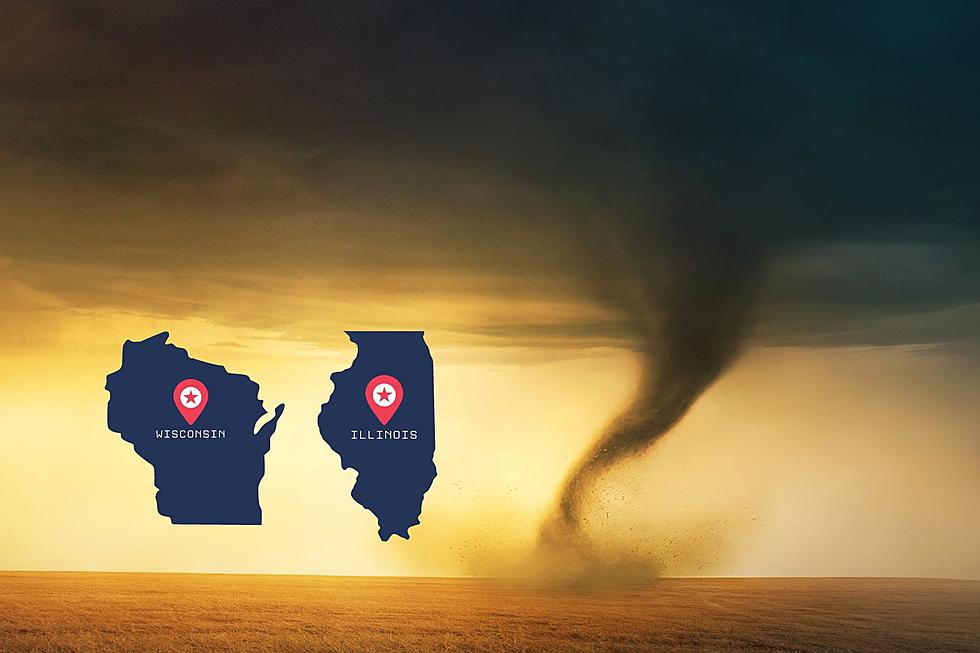
Disaster Proclamations Issued For Bremer, Fayette Counties

After touring storm damage in Oran and surrounding areas Thursday afternoon, Gov. Kim Reynolds issued a disaster proclamation for Bremer and Fayette counties in response to Tuesday severe weather that destroyed farm buildings, level trees and knocked down power lines.
The governor's proclamation allows state resources to be utilized to respond to and recover from the effects of the storm.
Reynolds' action activates the Iowa Individual Assistance Grant Program, which provides assistance of up to $5,000 for qualifying residents. Grants are available for home or car repairs, replacement of food or clothing, and temporary housing expenses.
Households with incomes up to 200 percent of the federal poverty level for a family or three are eligible to apply for the funding. According to a news release from the governor's office, potential applicants have 45 days from the date of the proclamation to submit a claim.
The proclamation also activates the state's Disaster Case Management Program. Cases of disaster-related hardship, injury or other adverse conditions are covered by the program.
There are no income eligibility requirements for the Disaster Case Management Program, which closes 180 days from the date of the proclamation. For more information, CLICK HERE.
Tuesday's storm toppled several trees and downed power lines in Oran and Fairban, cutting electricity to both communities for about 24 hours. Officials reported 60-mile-per-hour wind gusts in Fairbank and 90- to 100-mile-per-hour wind gusts at the Oelwein Airport, just six miles from Oran.
Northeast Iowa Storm Damage - Tuesday, Aug. 24, 2021
LOOK: The most expensive weather and climate disasters in recent decades
More From 97.7 KCRR









